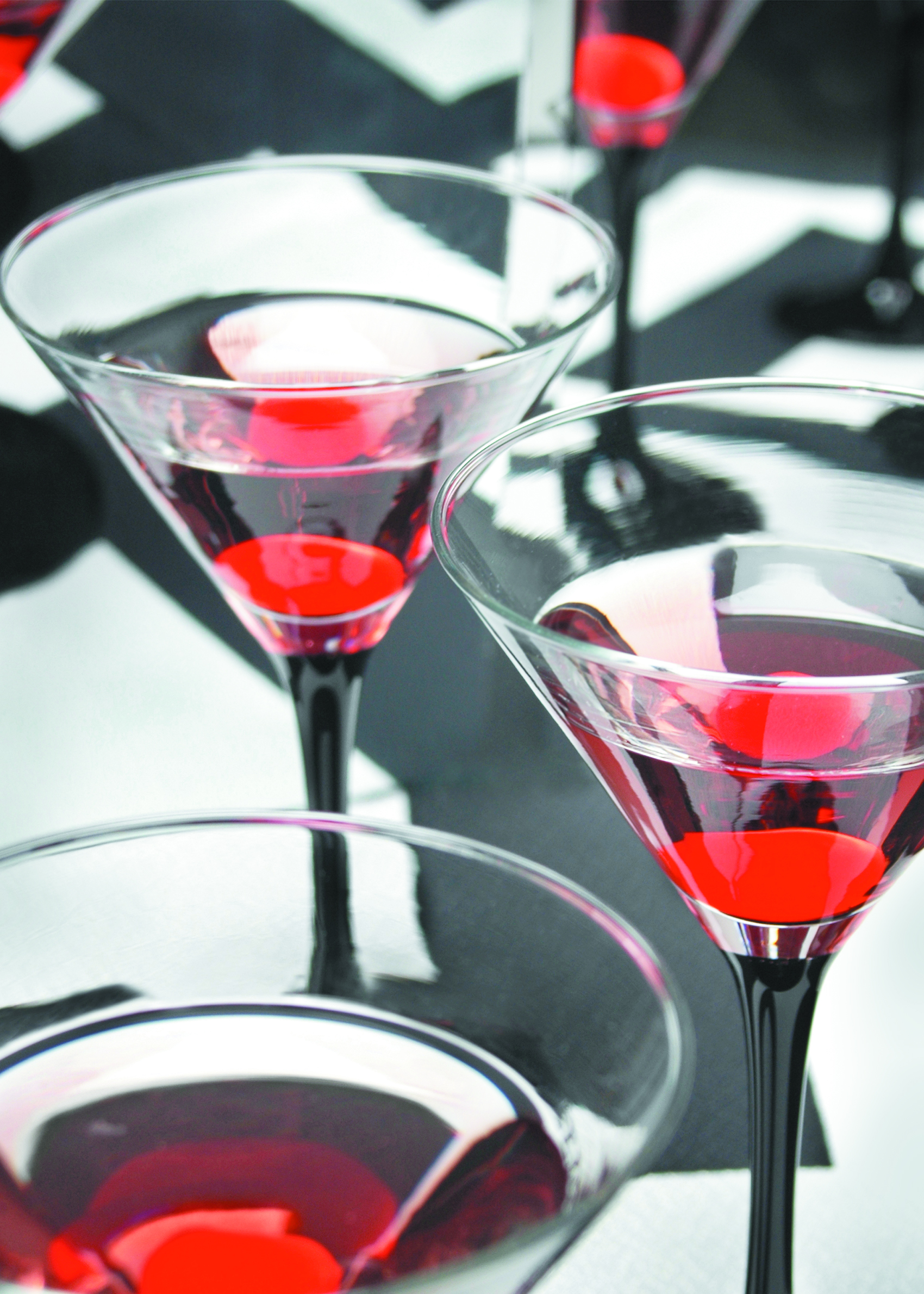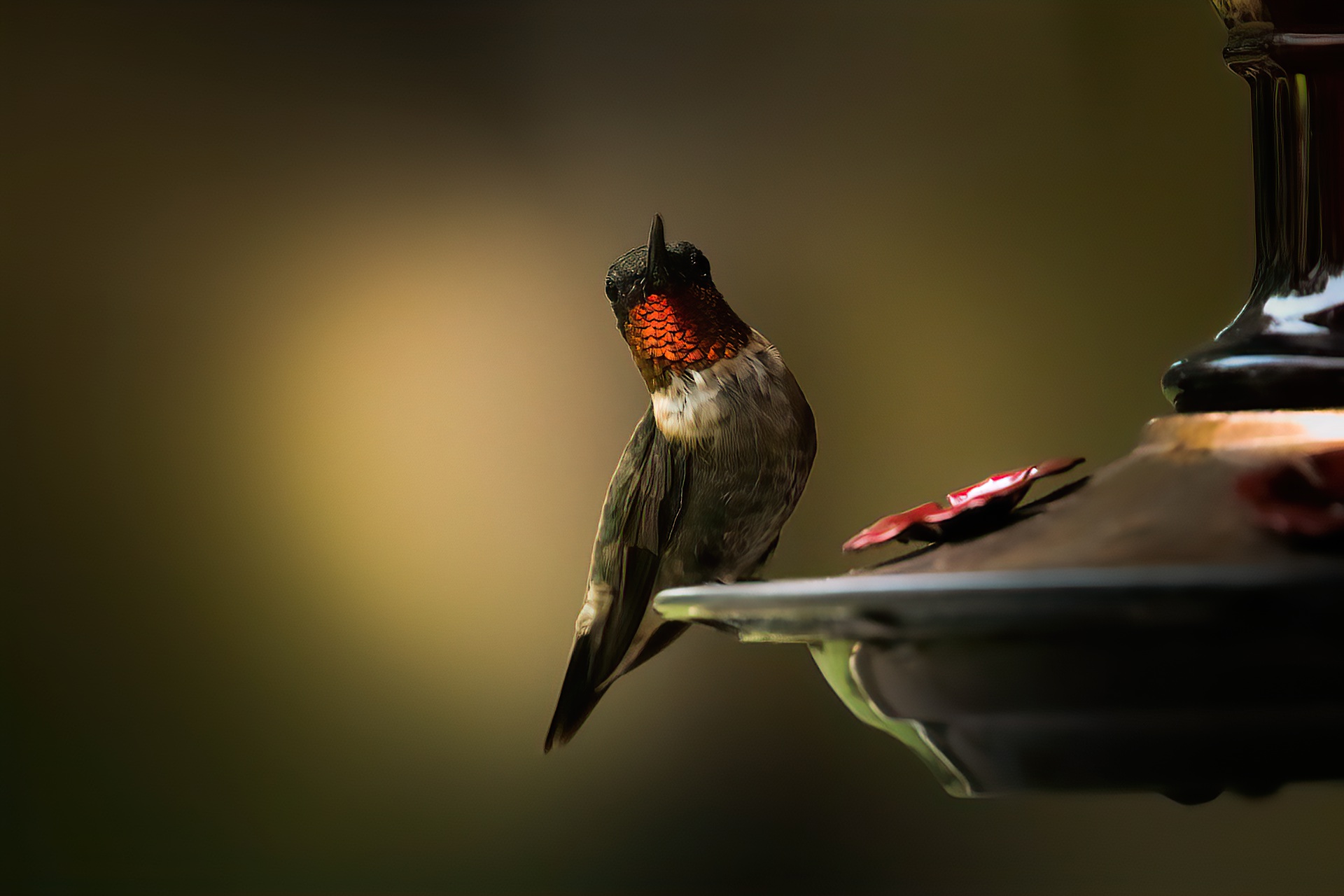With the blistering temperatures of the heatwave now safely behind us, I reached out to the fully vaccinated members of my boozing posse last week to celebrate the 3rd annual World Rum Day, which is somehow different than the 5th annual USA-only National Rum Day that will be coming up next month.
Rum has traditionally been a Caribbean tipple, but that is rapidly changing with the rise of craft rum distillers all around the world, even here in Canada.
The history of rum goes back to the year 1620, when a plantation worker on the Caribbean island of Martinique was toiling in the hot sun for the French overlords that ruled the island.
The plantation worker was tasked with gathering up the waste products of the sugar cane harvest, namely a syrupy liquid called molasses, that was typically fed to the local cattle.
After tasting a bit of molasses that had fermented in the sun, a new industry was born, and the sugar plantations could now turn their waste product into liquid gold. Rum is now one of the major exports of several Caribbean islands, and is enjoyed all over the world.
Rum is produced by adding yeast to molasses in order to ferment the sugar content into alcohol, which takes as little as a day or two. This produces a liquid with a strength of only 10% ABV, which is then distilled into the spirit we all know and love.
Distilleries quickly appeared on every island with a sugar cane plantation, and the Caribbean is still home to the oldest rum distiller in the world, namely Mount Gay, which opened its doors in 1705, and is still going strong.
Interestingly, sugar cane is not native to the Caribbean, but made its way from its ancestral home of Southern Asia to the Mediterranean via Arab traders in the 8th century, and eventually made its way to the New World in the 1490s by way of Christopher Columbus while in service of the Spanish crown.
After the rum is distilled to approximately 40% alcohol by volume, it is aged in oak barrels that once held whiskey to give it a more elegant taste. While aging in the oak barrels, the rum changes from its naturally clear hue to a golden brown.
Rum can be aged in the barrel for as little as one year, or as long as thirty. However, once the rum is removed from the barrel and bottled for sale, the effects of aging pretty much stop. Unlike red wines, rum does not improve with age in the bottle, so don’t worry about drinking a bottle of rum before its time.
As a general rule, the darker the rum, the longer it has been aged in oak, and will have more intense flavours of vanilla, smoke, tobacco, and the like.
Here in Alberta, we have craft rum distillers in abundance, with Romero Distilling located near the IKEA in Calgary, producing premium rums from fancy blackstrap molasses and pure Alberta glacier water, then lovingly aged in ex-bourbon casks.







